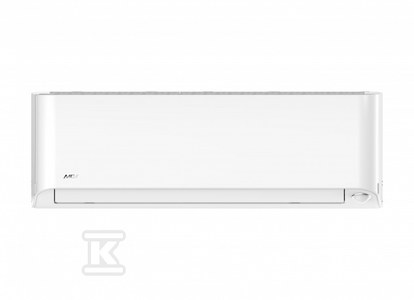Air conditioners have long been perceived as devices for cooling air on hot days. Some people remember a time when the air conditioner was designed only for cooling. For many years, air conditioners can also be used to heat rooms. Virtually every split device is equipped with a reversible heat pump, which means that its operation can be reversed. It is this feature that opens the door to new uses for air conditioners, especially during periods of cooler temperatures.
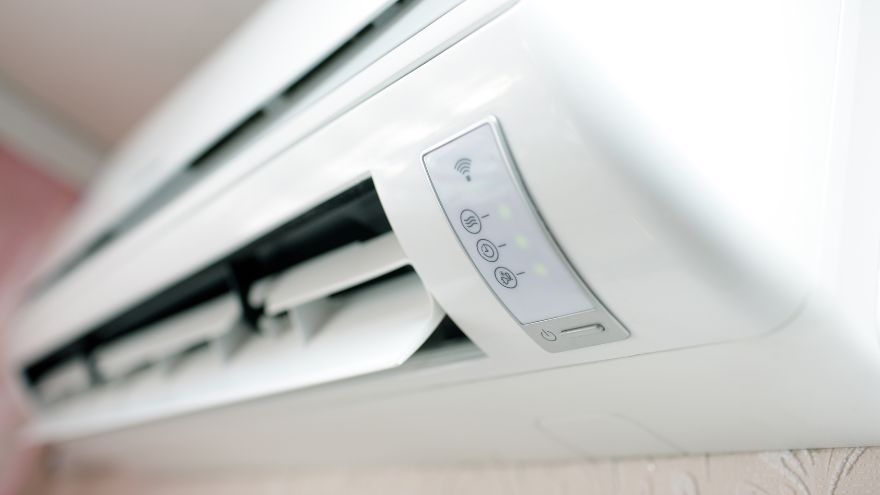
Check out air conditioners with heating function at the Onninen wholesaler
Construction and principle of operation of the air conditioner
The most important elements enabling the devices to perform the basic cooling or heating function are:
In the indoor unit:
- exchanger (condenser/evaporator)
- fan.
The exchangers of the indoor and outdoor units of a room air conditioner , depending on the operating mode, are alternately called evaporator or condenser.
- Evaporator - in it the factor evaporates to a gaseous state, releasing cold air into the air
- Condenser – in it, the refrigerant condenses into a liquid state, releasing heat to the air
In practice, for the end user, assigning the selected operating mode (cooling/heating) to the unit is done via the appropriate button on the controller.
Depending on the set pattern, the four-way valve directs the refrigerant to the condenser. In cooling, the outdoor unit is the condenser. In the case of a heating process, the indoor unit becomes the condenser.
The principle of operation of air conditioning in the cooling process
The refrigerant is compressed in the compressor, where both the pressure and temperature of the refrigerant increase. Then, the warm medium is redirected to the 4-way valve, which determines the direction of medium flow, and thus the cooling/heating operating mode. In the case of cooling mode, the medium is pumped to the exchanger (condenser) of the external unit. Air circulation in the exchanger (condenser) is forced by a fan, the heat from the refrigerant is transferred to the outside air, and the gas condenses and turns into a liquid.
The liquid enters the expansion element (capillary or electronic expansion valve EEV), through which the medium is throttled - its pressure and temperature are significantly reduced. The cooled liquid medium is fed to the exchanger of the indoor unit (in this case, the evaporator). The indoor unit is equipped with a fan that forces air circulation. The refrigerant, evaporating on the exchanger (evaporator), releases cold into the air inside the room, thus performing the cooling function. At the same time, the medium is heated by the warm air drawn in from the room by the fan, and therefore initially changes its state to gas. It then returns to the compressor and the process repeats.
The principle of operation of air conditioning in the heating process
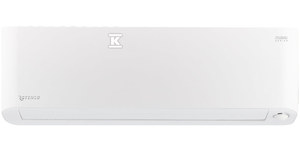 In heating mode , the home air conditioner works in the opposite direction. The refrigerant is compressed in the compressor of the outdoor unit, where its temperature increases. Then, the warm medium is redirected to the 4-way valve, which determines the direction of medium flow, and thus the cooling/heating operating mode.
In heating mode , the home air conditioner works in the opposite direction. The refrigerant is compressed in the compressor of the outdoor unit, where its temperature increases. Then, the warm medium is redirected to the 4-way valve, which determines the direction of medium flow, and thus the cooling/heating operating mode.
In the case of heating mode, the medium is pumped directly to the internal unit exchanger (condenser). The fan built into the indoor unit forces air circulation in the condenser, and the heat from the refrigerant is released into the room, while the gas condenses and turns into a liquid (still under high pressure). Liquefied gas in the form of a liquid enters the expansion element of the external unit, which may be a capillary or an EEV thermostatic expansion valve. The liquid is throttled to reduce its pressure and temperature respectively. The refrigerant is fed to the evaporator of the outdoor unit. The fan forces air circulation on the evaporator. The refrigerant is heated by the outside air and turns into a gas. The heated gaseous refrigerant returns to the unit's compressor, where it is compressed again, increasing its temperature. The process repeats itself.
Check out air conditioners with heating function at the Onninen wholesaler
Heating with an air conditioner during the transitional period
Air conditioners with a heating function are a perfect solution in transitional periods (spring/autumn), when the outside temperature is not extremely low. Using this solution, we can significantly delay the launch of the main heat source in autumn, or turn it off earlier in spring.
Air conditioning as a supplement to an alternative heat source
This solution will also work well as a supplement to an existing heat source. For example, after a long absence in winter, before the main heat source heats the room (especially with underfloor heating, which is characterized by high thermal inertia), the air conditioning will quickly raise the temperature to a comfortable temperature. In the event of a failure of a gas boiler, solid fuel boiler or heat pump, an air conditioner with a heating function will save the situation for the duration of repair.
Proper installation of the outdoor unit
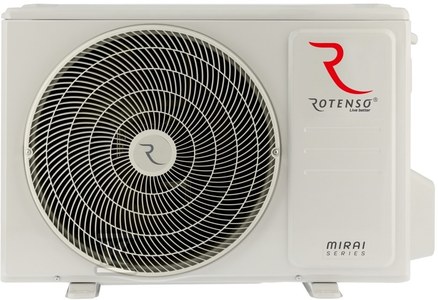 It is worth mentioning that the outdoor unit should not be placed too low. While this is of little importance in summer due to the cooling process, in winter there is a risk of being covered with snow. In addition, water draining from the drip tray equipped with a heater may freeze under the device. As a result of long-term frosts, ice accumulates, which poses a threat to the device located above. It is worth using an additional heating cable in the condensate drain pipe from the drip tray.
It is worth mentioning that the outdoor unit should not be placed too low. While this is of little importance in summer due to the cooling process, in winter there is a risk of being covered with snow. In addition, water draining from the drip tray equipped with a heater may freeze under the device. As a result of long-term frosts, ice accumulates, which poses a threat to the device located above. It is worth using an additional heating cable in the condensate drain pipe from the drip tray.
Selection of air conditioner parameters for heating
First of all, you need to answer the question: how do you intend to use the device? We will choose an air conditioner that is intended only for cooling and another if it is also used for heating. Here we will focus on the aspects that we should take into account when choosing an air conditioner that will heat rooms even at temperatures below zero.
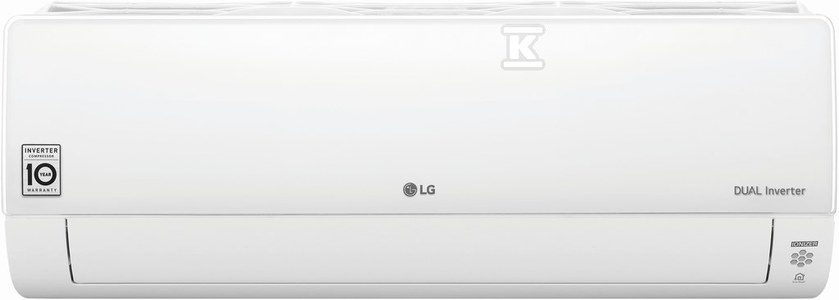 The set of year-round operation in the heating function is a set of heaters, which includes the compressor crankcase heater and the drip tray heater. The main purpose of the crankcase heater is to ensure the appropriate operating temperature of the oil or grease in the compressor, especially at low ambient temperatures. Heating the oil helps provide fluidity and flexibility for the mechanisms inside the compressor, which can be especially important when starting the compressor in cold conditions. It works when the device is not working and the outside temperature is below 1°C. This heater helps prevent moisture and condensation from accumulating inside the compressor, which could lead to corrosion and problems with the unit's performance or durability. Regardless of the selected air conditioner operating mode, condensate is formed in the system (evaporator), which must be drained from the system.
The set of year-round operation in the heating function is a set of heaters, which includes the compressor crankcase heater and the drip tray heater. The main purpose of the crankcase heater is to ensure the appropriate operating temperature of the oil or grease in the compressor, especially at low ambient temperatures. Heating the oil helps provide fluidity and flexibility for the mechanisms inside the compressor, which can be especially important when starting the compressor in cold conditions. It works when the device is not working and the outside temperature is below 1°C. This heater helps prevent moisture and condensation from accumulating inside the compressor, which could lead to corrosion and problems with the unit's performance or durability. Regardless of the selected air conditioner operating mode, condensate is formed in the system (evaporator), which must be drained from the system.
In the heating process, the outdoor unit is the evaporator. And here, in winter, a drip tray heater is needed to prevent condensate from freezing. Condensate is also formed, or perhaps primarily, in the process of defrosting the exchanger. The air conditioner switches to the cooling function and heats the exchanger fins with warm air. Without a heater, the risk of freezing and ice accumulation is high and may damage the device. When choosing an air conditioner, it is worth checking whether such a set of year-round operation is standard with the device or whether it must be purchased separately.
Device energy class and efficiency
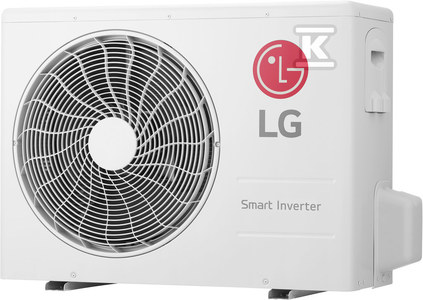 When examining these parameters, it is best to analyze the data sheet and the energy label of the device. The Energy Efficiency Class for air conditioning ranges from D to A+++. Class A means the most energy-efficient device. It is worth mentioning here that the same device may have a different energy class in the cooling function and a different one in the heating function. The second important parameter that should be taken into account when choosing an air conditioner is the SCOP value.
When examining these parameters, it is best to analyze the data sheet and the energy label of the device. The Energy Efficiency Class for air conditioning ranges from D to A+++. Class A means the most energy-efficient device. It is worth mentioning here that the same device may have a different energy class in the cooling function and a different one in the heating function. The second important parameter that should be taken into account when choosing an air conditioner is the SCOP value.
It can be found in the device's data sheet and determines the ratio between heating efficiency and electricity consumption. To calculate the SCOP index, the operation of the air conditioner at 4 different outdoor temperatures -7°C / 2°C / 7°C / 12°C - is taken into account and by drawing a weighted average from the appropriate formula, we obtain the seasonal energy efficiency for heating. So if SCOP is 3.6, it means that on average from 1 kW of electricity, a given air conditioner will produce as much as 3.6 kW of heating energy. In short, the higher the SCOP, the more efficient and energy-saving the air conditioner is.
Check out air conditioners with heating function at the Onninen wholesaler
